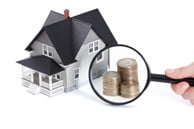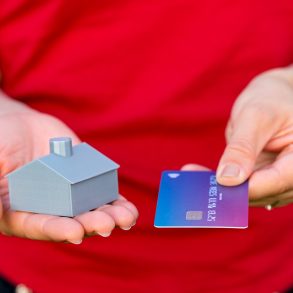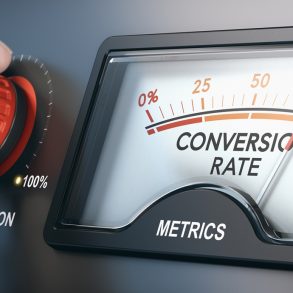 When you buy a new home, lenders like to see proof that you can cover the closing costs.
When you buy a new home, lenders like to see proof that you can cover the closing costs.
To satisfy this condition you typically have to demonstrate your ability to pay an additional 1.5% of the purchase price at closing, on top of your down payment.
But not everyone knows what closing costs entail. TD recently released an interesting survey that touches on this. It found that 13% of first-time buyers “overlooked some of the one-time fees associated with buying a home, such as inspection fees and land transfer costs, and 6% didn’t budget for anything beyond the down payment and monthly mortgage payment.”
That’s partly a failing of the mortgage advisers counselling those borrowers.
“It’s incumbent on professionals to help first time buyers go through the process and point out some of the other expenses,” TD’s Director of Mortgage Advice Farhaneh Haque told us in an interview a few weeks back. And of course she’s right.
 In all, the list of closing and move-in expenses can be over a dozen items long. To help homebuyers keep track of these costs, CMHC has an up-front expense checklist here.
In all, the list of closing and move-in expenses can be over a dozen items long. To help homebuyers keep track of these costs, CMHC has an up-front expense checklist here.
If you don’t know what amounts to budget for, ask your mortgage planner to walk you through this list and fill in the blanks. That way you’ll have a set budget with no surprises on closing day.
One thing we’d add to CMHC’s list is provincial tax on mortgage insurance premiums (if you’re putting down less than 20% and live in Manitoba, Ontario or Quebec). That tax needs to be paid out of pocket on closing.
Rob McLister, CMT







Fortunately, in NL there is no PST/GST on any insurances (be it home, auto, etc), therefore no tax payable on default insurance premiums due on closing.
Anyone know a good land transfer tax calculator for all provinces?
Try this one
http://www.ratehub.ca/land-transfer-tax